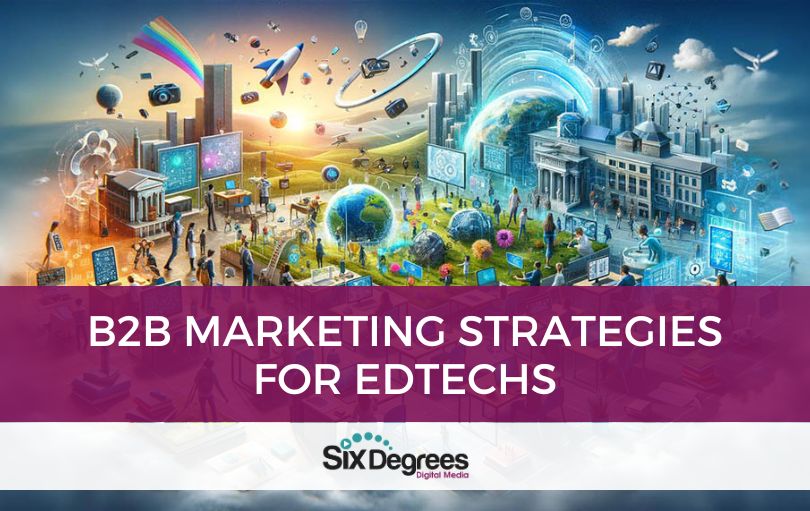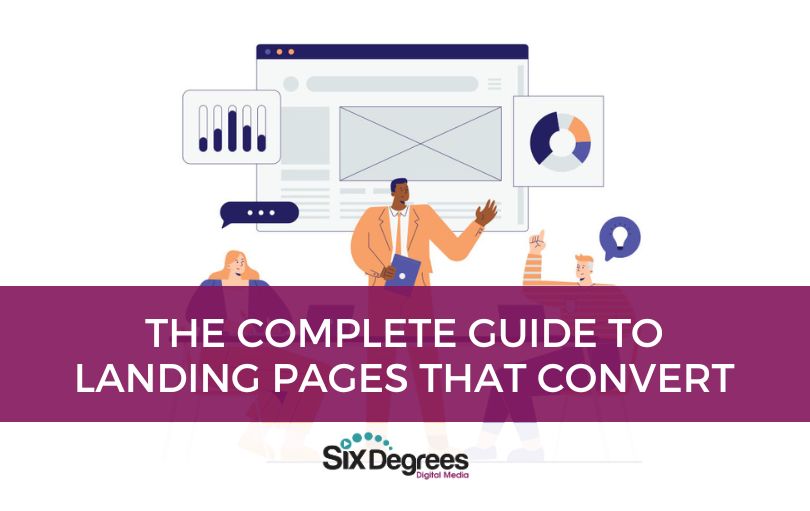If you can nail down your ideal customer avatar, you’ll be able to create marketing content that attracts that specific audience.
Keep in mind that you may have more than one ideal customer avatar and you will do this exercise for each one.
Here are the questions you need to answer to really get your perfect customer-defined:
Who is your target audience?
You likely have a broad idea of where to start with. Whom do you sell to and what is the problem that they have?
I’m going to use two examples
B2C example: My target audience is parents with young children that just won’t go to bed on time.
B2B example: My ideal client is a solo-preneur coach and facing growth and doesn’t know how to get the right help.
How would you describe your ideal client? What are the indicators that someone is an ideal client for you?
Here’s where you need to further define based on some other demographics. For instance, do you need to include their income level, their age range, their education level, where they live, their relationship status, etc.
If you have a more expensive product or service, your clients would have to be able to afford to hire you.
B2C example: Single mom with one or two children between three and seven years old. A working mother whose children are in daycare, preschool, or Kinder/elementary. Sole income earner.
B2B example: My ideal client is a solo-preneur coach who has been in business for three to five years and has hit the 6-figure level.
What knowledge, dispositions, values etc. do these people have that make them an ideal fit for your services?
B2C example: Very family-oriented, patient, health-conscious. Believes that children should have a specific bedtime routine. Always wants to be on time.
B2B example: Knows the value of outsourcing, understands their own strengths and weaknesses, doesn’t want to “do it all” but has been. Deadlines are sacred to them.
What are triggers your clients that have them searching for your help? When this happens, what specifically are they looking to solve?
B2C example: Tired from struggling to get her child(ren) to bed. They are at least 2 hours late to bed multiple times a week. Child(ren) are late to school and mom is late to work at least once a week. She needs to get her children to bed and to sleep on time.
BBC example:
Unable to take on any more clients as they are working at capacity and missed at least two deadlines with current clients. They know they have to outsource some tasks and there are tasks that they know can outsource.
Why are they stuck or at a disadvantage when solving this challenge?
B2C example: She has looked for answers from friends and nothing has worked. Tried recommendations from books or info she found online but nothing has worked.
B2B example: They are nervous about whom to hire, how to qualify the person, how to train them, etc.
How is your solution different and why does it work?
Be as specific as you can here. Don’t just use “Best customer service. If you’ve won some sort of award, that’s good to use as well.
What happens for your clients when they work with you (versus those other solutions)?
What is your unique selling proposition? Do not use something generic such as great customer service. If someone else can make the same claim, it is not “unique”. What have your clients or customers told you?
Within the group of people, you work with, are there one or many Avatars? What are they?
You need to create a specific profile for each segment you work with.
When looking at these Avatars, how might their needs and challenges differ from each other?
This goes with the previous question. But can also apply to the same avatar in some cases. Your product or service may solve more than one problem for the same segment of people.
What is your target audience trying to achieve? Or what is the problem they are seeking a solution for?
You always want your messaging to be solution-based, not feature-oriented.
When you consider your target audience, what are the biggest problems they run into when trying to solve their problem/get their desired result?
This can be related to cost, or other solutions that don’t work, time, or even that they don’t know how to solve their problem.
What insights do you have about why these problems exist?
For some, this is going to be easier to answer than others.
When you think about your ideal clients, how do these problems affect their ability to get the result they desire?
I.e. – A business needs leads but has little or no money to do any type of marketing.
A woman wants to turn a hobby into a career but has very little time or doesn’t even know where to begin.
If you’ve listed multiple problems, which is the one that stands above the rest as the one you’re most passionate about?
If you hear one thing more frequently from your clients or customers more than others, that’s a good indication of what to focus on.
If you need assistance reaching your ideal customer, schedule a free strategy session with me today.




